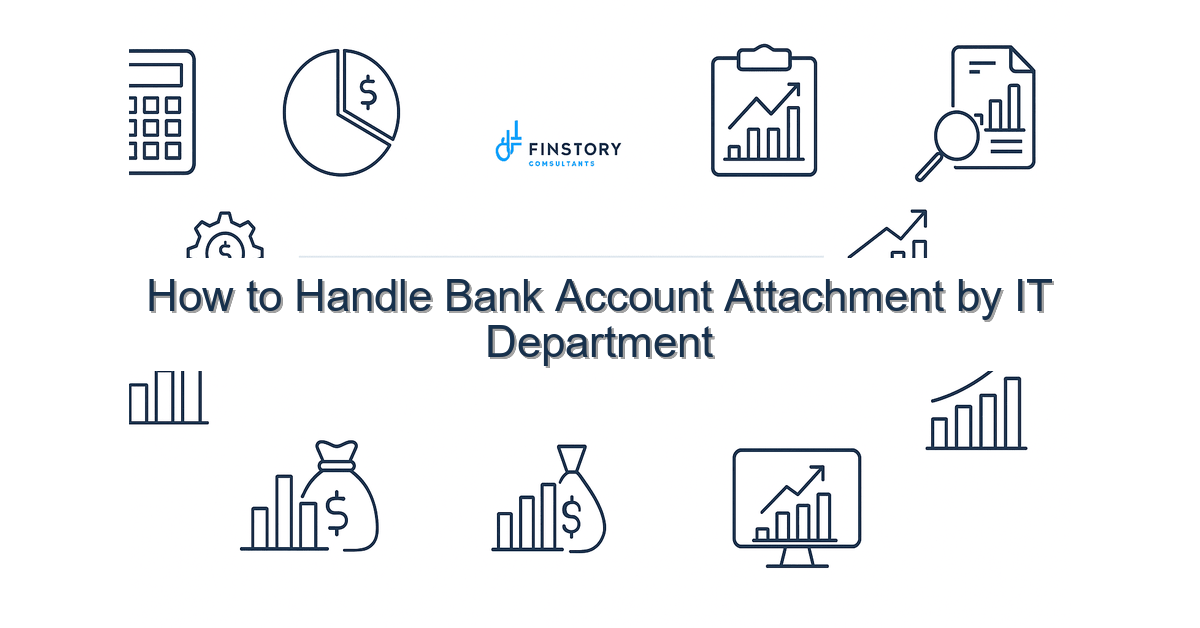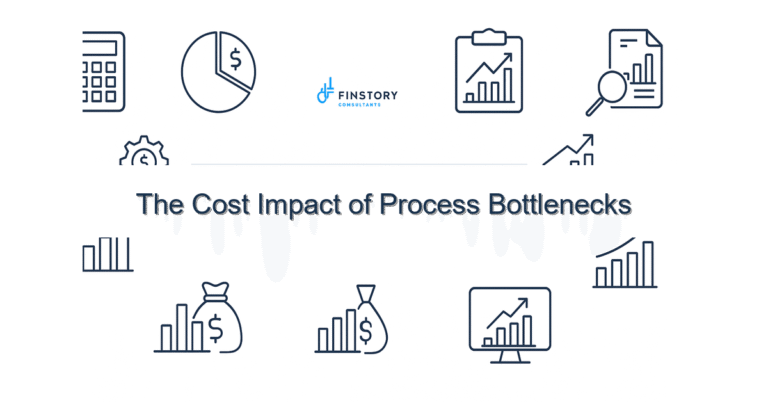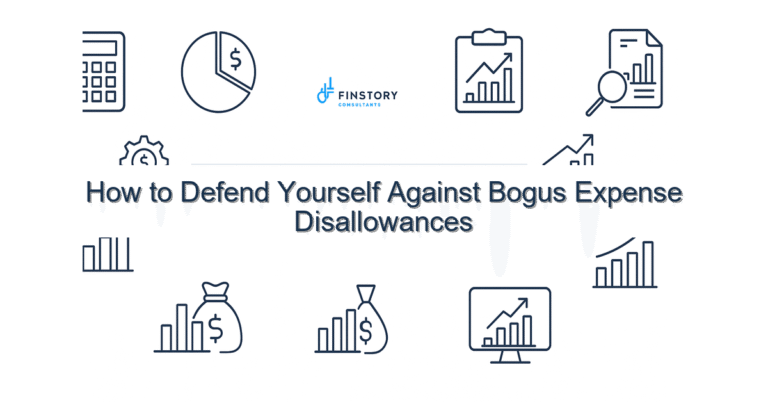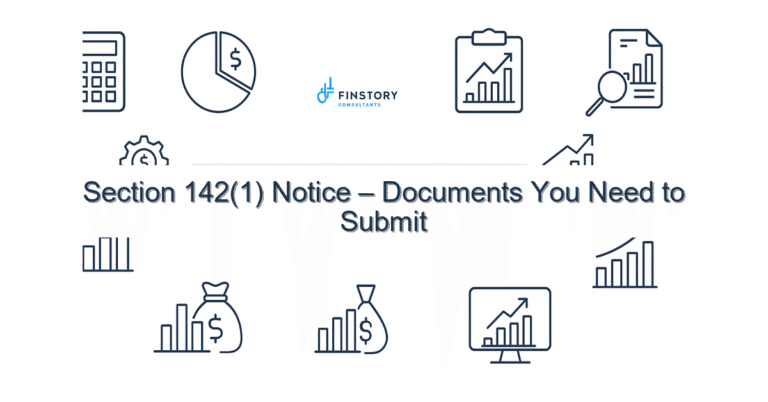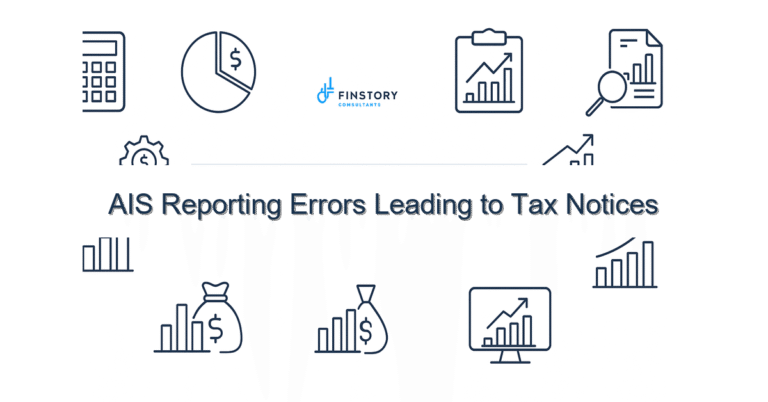How to Handle Bank Account Attachment by IT Department
Seeing a bank account attachment notice from the Income Tax Department is stressful — you may feel blindsided and worried about everyday payments, payroll, or supplier settlements. You’re not alone: many salaried professionals, founders and MSMEs face this without knowing the right first steps.
Summary: The key is to act fast and methodically: verify whether the attachment is valid, check AIS/26AS and bank statements, respond to the notice or seek a stay, and engage a tax expert if needed to negotiate release or payment options.
What’s the real problem in India?
Bank account attachments usually follow an unresolved tax demand, a mismatch in TDS/TCS entries, or an unaddressed notice. The process is administered locally by the Assessing Officer or recovery wing under central guidelines set by CBDT. For taxpayers unfamiliar with India-specific tax language — AY/PY, demand notices, Form 26AS/AIS — it becomes a maze of forms and deadlines.
- Symptom: Unexpected SMS or letter saying your account is attached and bankers have been instructed to freeze balances.
- Symptom: A demand in the e-filing portal that you don’t recognise — often due to unclaimed TDS/TCS or misreported income.
- Symptom: Bank informs you they’ve received a ‘garnishee’ request — salary or current accounts show a zero balance for specific credits.
What people get wrong
Common pitfalls are reacting emotionally, ignoring notices, or assuming the attachment is final. Other mistakes include:
- Not checking AIS/26AS and bank statements to verify the demand.
- Assuming TDS shown in Form 16/26AS is accurate — mismatches drive many demands.
- Failing to communicate with the bank and AO immediately; banks can sometimes release non-disputed amounts fast if given documentation.
- Believing the attachment affects only wealthy taxpayers — MSMEs and salaried people are equally vulnerable if paperwork or ITR filing last date is missed.
A better approach
Follow a calm, three-step framework to resolve attachments quickly and reduce disruption.
- Verify and document — check the notice, AIS/26AS, bank statement, and any mismatches in TDS/TCS or credited entries. Note AY/PY referenced and the demand amount.
- Communicate and contain — notify your bank and request precise details on the attachment; obtain a bank-stamped statement showing frozen amounts. Contact the Assessing Officer via the e-filing portal or the phone number on the notice.
- Respond & remediate — if the demand is valid, arrange payment or instalments; if it’s incorrect, file a rectification, appeal, or stay request quickly while providing proof (ITR receipts, bank challans, Form 16, contracts). Engage a tax professional to negotiate release or a partial unfreeze.
Real-world example: A Bengaluru MSME found a ₹4.2 lakh freeze on its current account due to an unclaimed TDS entry in AY 2022-23. Within 10 days, a tax consultant verified Form 26AS mismatches, submitted corrections to the employer and AO, and negotiated a temporary release to meet payroll — avoiding salary bounce and late fees.
Quick implementation checklist
- Read the attachment notice carefully — note AO contact, demand amount, AY/PY and reference number.
- Download AIS/26AS and your last 6 months of bank statements immediately.
- Compare TDS/TCS entries in AIS/26AS with Form 16/Form 16A and invoices.
- Contact your bank branch and get a written/banked stamped confirmation of attachment details.
- Upload any proof of earlier payment (ITNS challan, bank UTR) to the e-filing portal and send it to the AO by email/speed post.
- If demand is incorrect, file rectification or claim a refund via the e-filing portal and cite relevant receipts.
- If demand is valid but unaffordable, request instalment terms or a stay of recovery and prepare to deposit part of the disputed amount as good faith.
- Keep all communications logged (emails, receipts, bank acknowledgements) and follow up weekly until resolved.
- Engage a tax professional if you see mismatch complexity or prolonged non-responsiveness from the AO.
What success looks like
Measurable outcomes to expect when you follow the process:
- Release of attached funds (full or partial) within 7–14 days in straightforward cases.
- Reduction in total demand after rectification or re-assessment (common when TDS/TCS mismatches are corrected).
- Fewer future notices because AIS/26AS and ITR records are reconciled.
- Faster ITR processing and refunds when discrepancies are cleared (lower time to refund by weeks).
- Less business disruption — payroll, vendor payments and EMI debits proceed as normal.
Risks & how to manage them
Risk: Delay in response leads to prolonged freeze and bounced payments. Mitigation: Act immediately on receiving any notice and document all steps.
Risk: Incorrect self-help (wrong forms or late appeals) can worsen the position. Mitigation: Use a tax professional for legal submissions and appeals, especially when large amounts are involved.
Risk: Genuine tax liability remains unpaid. Mitigation: If demand is valid, negotiate instalments or settle; withdrawing funds to avoid attachment can attract penalties.
Tools & data
Key tools to use right away:
- AIS/26AS — reconcile every TDS/TCS entry and reported refunds.
- E-filing portal — download notices, file rectification, and lodge appeals.
- Bank statements and bank-stamped freeze letters — required evidence to share with the AO.
- TDS/TCS tracking tools and accounting software — keep payroll and vendor TDS consistent to avoid future mismatches.
Also review broader tax planning items while you’re at it — make sure you meet ITR filing last date, optimise investments under Section 80C limit, consider new vs old regime slabs for future tax plans, and account for capital gains indexation where relevant. For guidance on filing and saving, see [link:ITR guide] and [link:tax-saving tips].
FAQs
Q: Can the IT Department attach a salary account?
A: Yes, if the account holds funds relevant to a tax demand. However, salary accounts not linked to the disputed PAN or proven to be for salary can sometimes be argued for partial protection — get bank-stamped statements and legal advice immediately.
Q: How quickly can an attached account be released?
A: There’s no fixed timeline — simple documented corrections can lead to release in days; complex disputes may take weeks. Timely communication with the AO and bank speeds up the process.
Q: Will an attachment affect credit or loans?
A: It can cause temporary issues with EMI debits and overdraft facilities. Inform lenders and consider arranging temporary payments to avoid defaults.
Q: What documents help the fastest?
A: Bank-stamped statements showing the freeze, proof of payments (ITNS challans/UTR), Form 16/Form 16A, invoices, and reconciled AIS/26AS entries.
Next steps
If your account is attached or you’ve received a notice, start with the checklist above and connect with a tax professional as soon as possible. A timely, evidence-backed response substantially improves your chances of a fast release and reduced penalty.
Work with Finstory. Speak with an Expert for a personalised plan to reduce your tax outgo and stay compliant. Book a free 20-min consultation.
📞 Need help with Income Tax in India?
Book a 20-min consultation with our tax team. Individuals, founders & MSMEs welcome.
Prefer email or phone? Write to info@finstory.net
or call +91 44-45811170.
